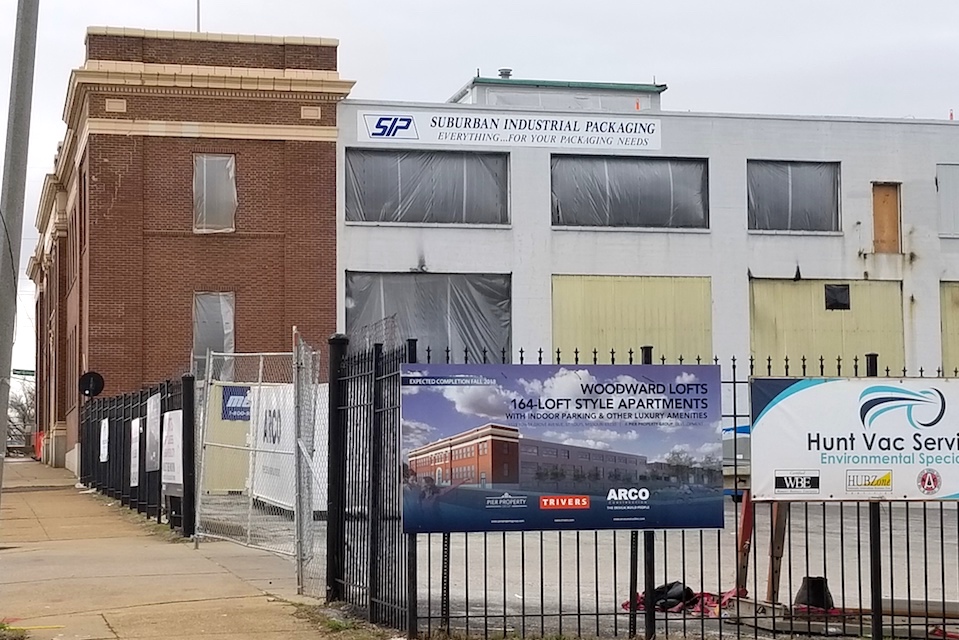Building up the Manufacturing Industries
Kim Donoghue
Communications Specialist
kim.donoghue@slu.edu
314-977-4033
05/01/2018
SLU professor looks for ways to keep small to mid-sized companies thriving.
Manufacturing maintains an important part of a community’s landscape and fabric, says Sarah Coffin, Ph.D., program director of urban planning and development at Saint Louis University's College for Public Health and Social Justice.
That's the underlying theme for Coffin's recent work with St. Louis Makes, a group serving small and medium-sized manufacturers across the metro area.
“St. Louis Makes connects firms with help for product marketing and educational efforts,” she says.
Her work involves compiling a survey about what manufacturing companies need to stay in business and be successful. The research will be included in future academic publications as well.
“We want to understand (manufacturers') current experiences and find out their barriers and challenges to keep their businesses going,” Coffin says.
This work is valuable because of what it means to surrounding neighborhoods and communities, as well as the local economy. The idea of sustainable manufacturing can be overlooked by the attention to attract trendy tech jobs for growing cities.
“What we've noticed is that manufacturing is still the backbone of this country and there are still many jobs in it,” she says.
Manufacturing provides careers for people who don’t have college degrees or who may not receive college degrees, Coffin says. What has happened in recent years is that developers target industrial areas and vacant buildings for condominiums or storefronts. Coffin refers to this as “industrial gentrification.”
This is chipping away the industrial fabric. Developers are buying up these beautiful buildings and more people are living in them...the space no longer supports manufacturing activity."
Without this industry, the surrounding blue-collar families must find work or homes elsewhere.
That’s where Coffin’s research comes in.
When small to mid-size firms stay local they don’t have disrupt the program and system already in place.
“We are trying to help them expand on site or find a way to stay in the area," adds Coffin.
Coffin’s manufacturing report is slated for release later in 2018.
About Urban Planning and Development
SLU’s interdisciplinary Master of Science in Urban Planning and Development operates in conjunction with Saint Louis University's Richard A. Chaifetz School of Business, School of Law and School of Social Work to offer four areas of specialization.
